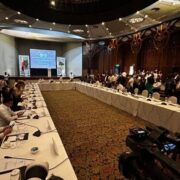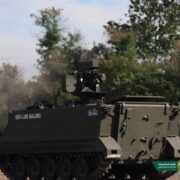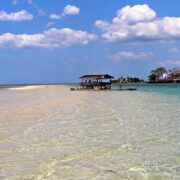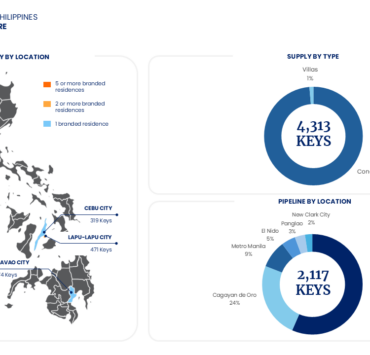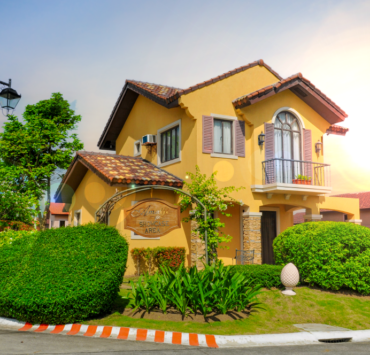Finding risk-free properties
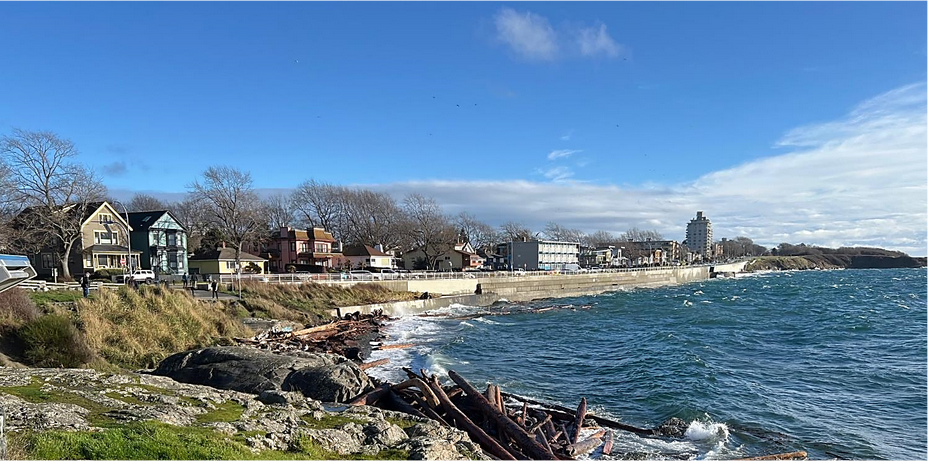
The hopeful mood at the start of a new year often brings with it the impetus to invest in new undertakings and properties.
When considering a property purchase, a forward-thinking approach is essential, envisioning future scenarios using available information. But is there such a thing as a risk-free property? Are our information sources adequate and reliable for making projections?
Risk and its sources
We typically go about our daily lives with the expectation that events will unfold the way they always did based on general patterns or trends. In this balanced state, people can plan and make informed decisions based on the usual trajectories experienced throughout many years.
There are, however, disruptions that affect this balanced state from time to time. In some cases, the disruptors are totally unexpected and may have disastrous effects.
Perception also comes in as a factor when identifying risk sources. The coming in of an average of 20 typhoons (ADRC, 2024) during the second half of the year may be perceived as a natural phenomenon or as disaster risk sources depending on people’s circumstances and risk profiles.
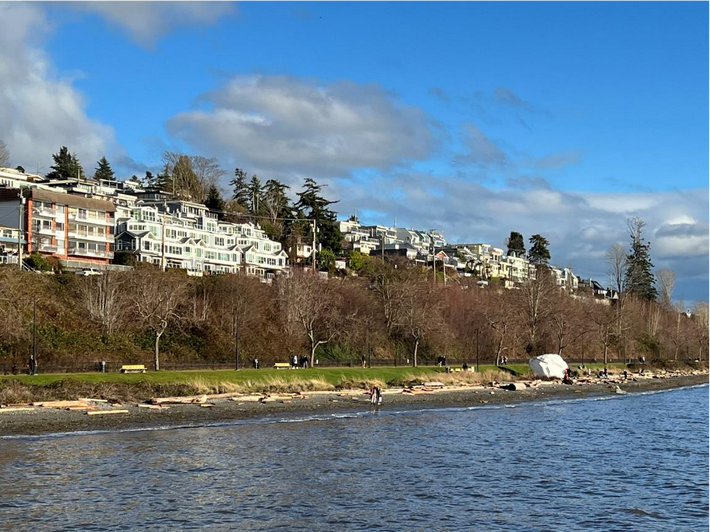
Property value and risk factors
Real properties are valued based on their intrinsic features such as area and design features if there are buildings or developments included. Other value factors are attributed to location and environmental conditions (Bourassa, 2007).
Risk sources—due to the confluence of natural phenomena, human interventions and activities—are price factors that need to be considered as well.
One can weigh options and consider trade-offs, e.g. bigger land area with medium risk vs. smaller land area with low risk. Waterfront sites are likely at risk of flooding, while highland sites are likely at risk of landslides. Highly urbanized sites are likely at risk of fire and health issues.
In some cases, people should be aware of the non-negotiables such as no-build zones, heritage sites, and protected areas.

Mitigating vs eliminating risk
Given the wide range of risk sources (UNISDR, 2017), it would be safe to assume that no place on earth is totally risk-free.
The Philippines being an archipelagic country that sits on the Asia Pacific ring of fire hosts a large expanse of risk areas due to water and land-based hazards. Considering urbanization, economic vulnerability, and conflicts adds more layers to the country’s risk profile.
Given this, the goal of property buyers would be to minimize instead of eliminating risk factors. Minimizing risk would mean anything from opting for low-risk sites to resorting to adaptive architecture, getting properties insured or increasing capacities to respond or recover from disasters. Engaging in community networks also enhances one’s adaptive capacity.
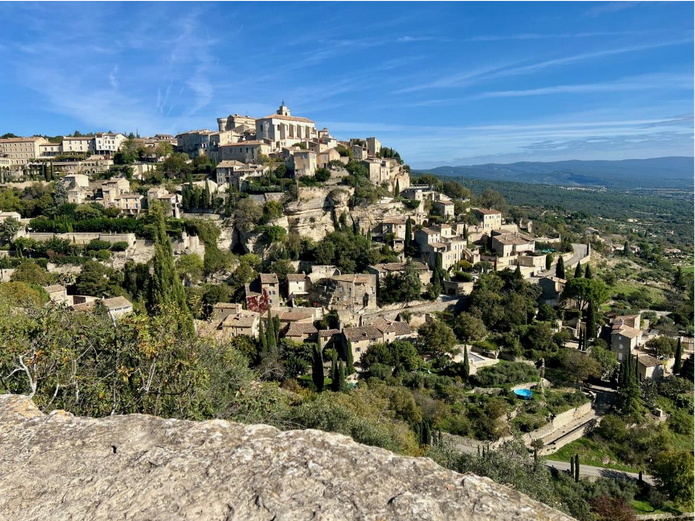
Information and references
Building and development codes, laws covering protected areas, water bodies, and forests would prescribe design and development controls such as building heights, densities, setbacks, buffers and easements, open spaces.
Referral codes would cover design parameters for structural and utility systems. and infrastructure. The Comprehensive Land Use Plans would include hazard and critical infrastructure maps along with areas for new developments. Zoning ordinances indicate allowed development types and intensities.
There’s ideally a repository of documented disasters and lessons learned that can inform future actions at local and household level.
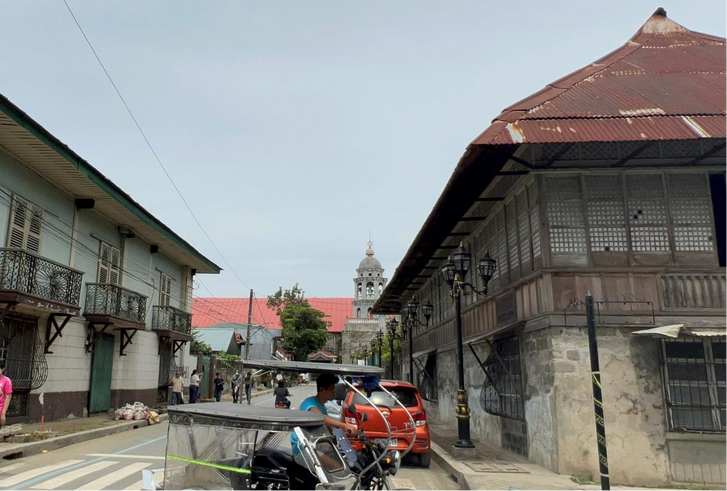
Traditional knowledge and informal channels
Coded information that may be sourced from public organizations may be complemented by the type of knowledge that is passed on from generation to generation through traditions.
Local communities and indigenous peoples are important sources of disaster-related information (EU, ISDR, Tokyo University, 2008). Observing and picking up design principles from vernacular architecture can make for more responsive built spaces.
While not everyone would have access to online or printed information, community channels can be tapped to capacitate people before, during and after disasters.
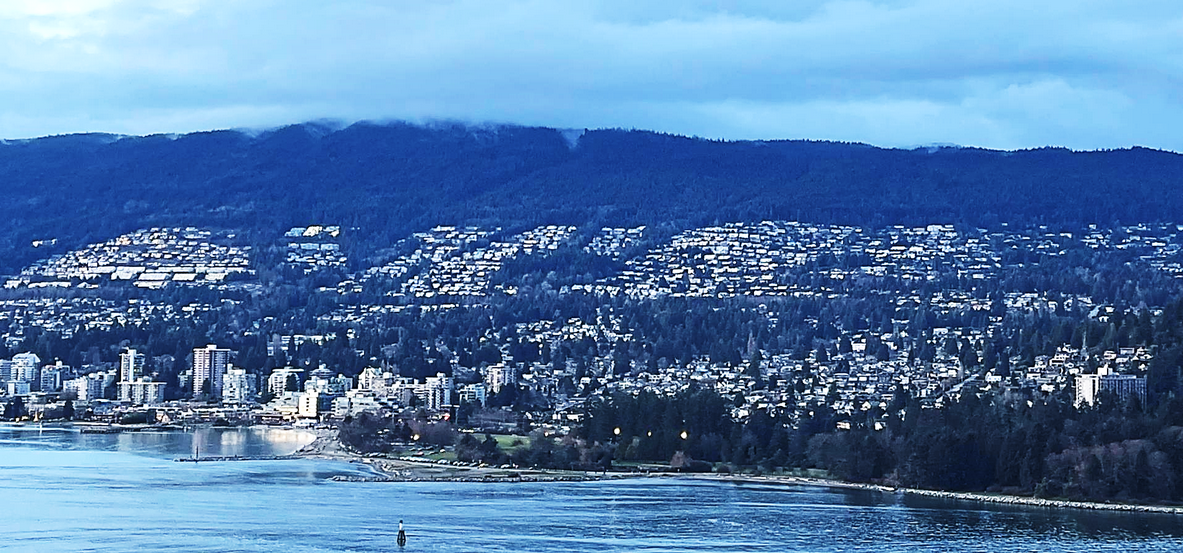
Adaptation through innovative design
We have long been forewarned of the increasing severity of climate change effects in the coming years. This reality challenges us to think beyond building and development design conventions.
The rudiments of innovative design have been in our midst, and these may be taken to the next level as part of our adaptation process.
Transformative architecture, mobile spaces, and panic rooms are among the concepts that align with agility and flexibility. Property development concepts such as off-grid water and power systems can also be reimagined further to better enable communities to deal with extreme events.
Wildfires, mega-typhoons, hurricanes, and earthquakes will always be part of our reality. With the increasing impact intensities, humanity needs to evolve to thrive.
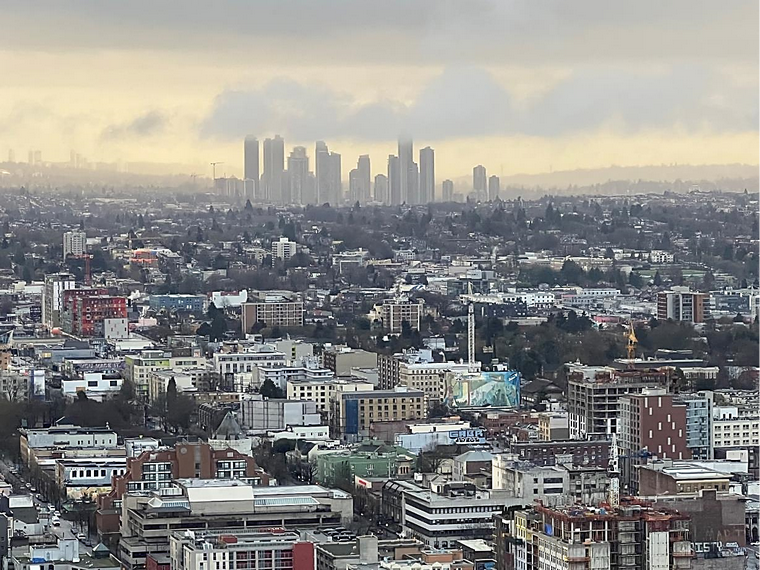
References:
ADRC (2024). Information on Disaster Risk Reduction of the Member Countries https://www.adrc.asia/nationinformation.php?NationCode=608&Lang=en;
Bourassa, S. C. (2007). Urban Economics, 6Th Edition by Arthur O’Sullivan. Journal of Urban Affairs, 29(5), 543–544. https://doi.org/10.1111/j.1467-9906.2007.00364.x
EU, UNISDR, Tokyo University (2008). Indigenous Knowledge, Disaster Risk Reduction, Policy Note. European Union;
UNISDR (2017). Words into Action Guidelines, National Disaster Risk Assessment, Governance System, Methodologies and Use of Results
The author is an architect, urban planner, and professor at the University of the Philippines Diliman College of Architecture








